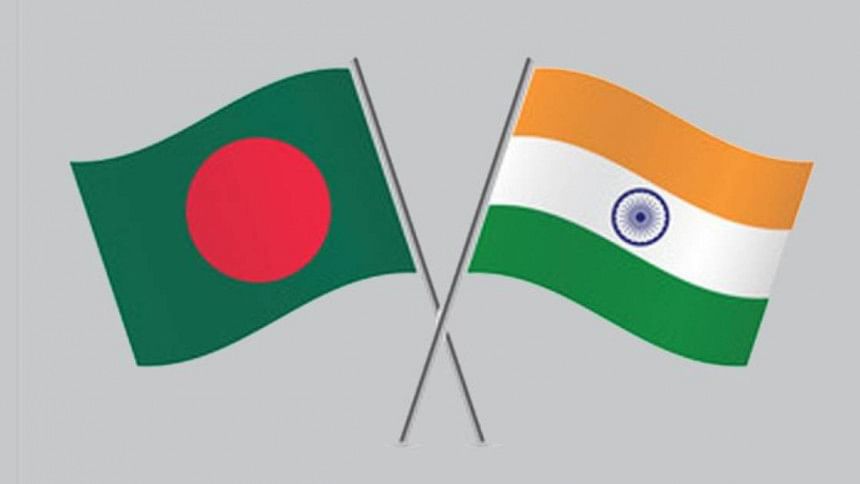Indian train operations on Bangladesh track: India wants trial, BR seeks clear proposal
In response to India’s proposal for movement of its trains through Bangladesh, the Bangladesh Railway, in a letter, has requested the neighbouring country to give a clearer outline.
The Indian Railways placed a proposal to the Bangladesh Railway for carrying out trial runs of a freight train from West Bengal’s Gede to Haldibari via Bangladesh.
As per a decision taken at an inter-ministerial meeting last month, the Bangladesh Railway has sent a letter to its Indian counterpart seeking a comprehensive proposal with clarification on whether transit facilities are being sought, according to BR officials.
“It is not clear to us whether India wants transit or transshipment facility. It is also not clear to us whether they want the facility for passenger or freight trains. That’s why we sought the clarification,” Bangladesh Railway Director General Quamrul Ahsan told The Daily Star on June 22.
The route the proposal mentions is Gede (India)-Darshana-Ishwardi-Abdulpur-Parbatipur-Chilahati-Haldibari (India).
India’s proposal is not clear, reads the minutes from the meeting held on May 17. But “the movement of IR trains on BR tracks” appears as a proposal for transit and that’s why opinions from other ministries should be sought, according to the minutes.
The commerce ministry was asked to give its opinion about whether there is any opportunity to transport goods by train to Nepal and Bhutan via India, says the minutes.
Officials from the foreign, home and commerce ministries have said that several other issues should be resolved before accepting the Indian proposal, BR officials said.
Currently, Indian trains carry goods or passengers up to the India-Bangladesh border. From there Bangladesh Railway locomotives carry the coaches inside Bangladesh and drop the passengers off or unload goods before sending the coaches back to the border.
If India is allowed rail transit facilities through Bangladesh as per the proposal, its trains will be operated from one part of West Bengal to another via Bangladesh. On the other hand, if India gets transshipment facility, Indian trains will come up to one border and then the BR trains will transport the goods or passengers to another border, from where Indian trains will take them to the destination.
Before the partition of India in 1947, there was seamless railway communication between different regions of India and Bangladesh through eight crossings. Five of them — Benapole-Petropole, Darshana-Gede, Rohanpur-Singabadh, Biral-Radhikarpur and Chilahati-Haldibari have resumed operation in recent times.
Following the proposal, the railways ministry held the inter-ministerial meeting, which was attended by the foreign, home and commerce ministry officials and also by the National Board of Revenue representatives. Railways Ministry Secretary Humayun Kabir chaired the meeting.
As per the proposal, an empty freight train will enter Bangladesh from West Bengal via Chilahati-Haldibari border and through Bangladesh it will enter India again via the Darshana-Gede border. Once loaded, the train from India will return to Haldibari through the same route, reads the meeting minutes.
Bangladesh and India maintain a friendly relationship and Bangladesh wants to establish itself as a connecting hub, said a foreign ministry representative at the meeting.
“Bangladesh should take the decision after analysing the issues of security, revenue collection and tariff and also the potential of export of goods to Nepal and Bhutan via India,” he said.
A commerce ministry representative said Bangladesh imports goods worth $14 billion from India annually while it exports goods worth only $2 billion to India annually, indicating a trade gap of $12 billion.
“The gap may widen if transit is given to India,” the minutes quotes the commerce ministry representative as saying.
GBDESK//



Comments are closed.